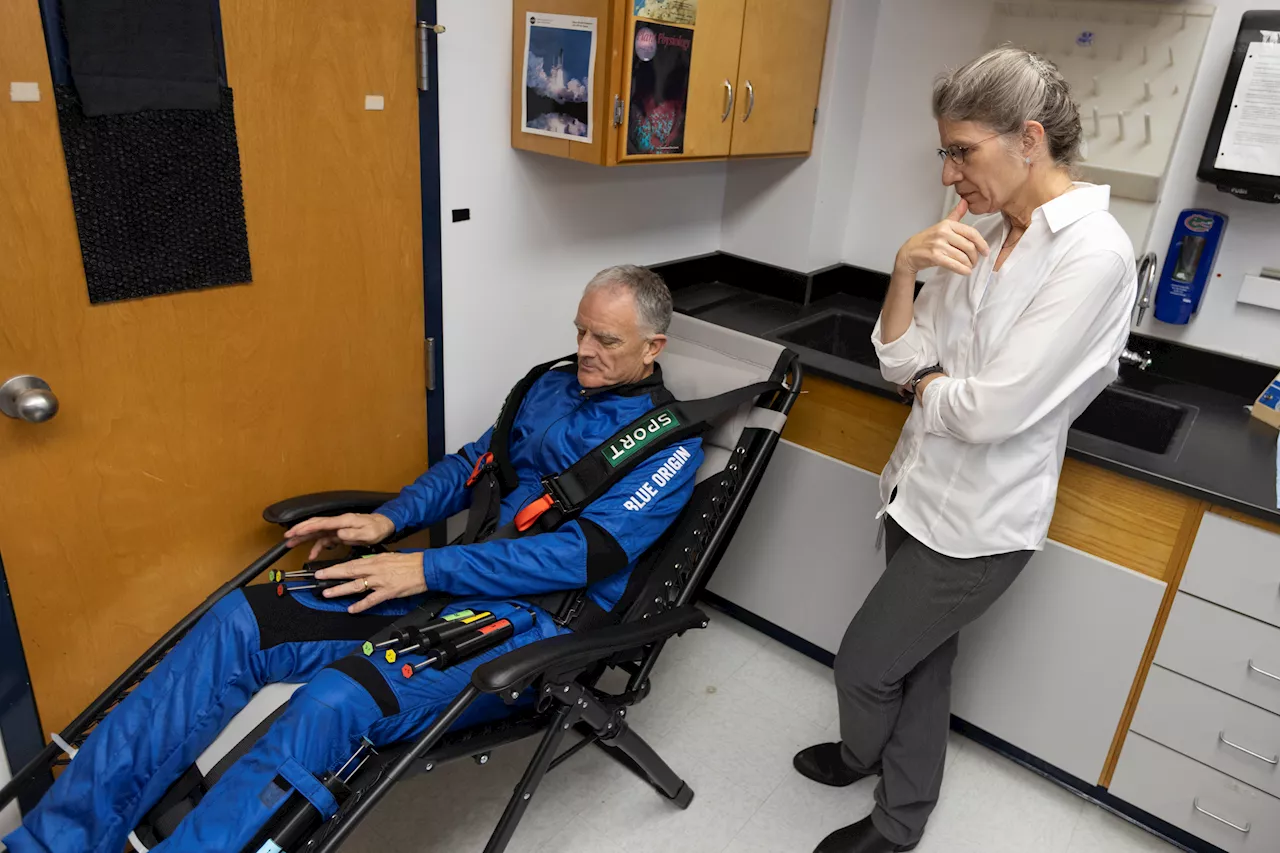For the first time, a NASA-funded researcher will fly with their experiment on a commercial suborbital rocket. The technology is one of two NASA-supported
University of Florida researcher Rob Ferl and co-principal investigator Anna-Lisa Paul practice the experiment to study the effect of gravity transitions on the plants’ gene expression. experiments, also known as payloads, funded by the agency’s Flight Opportunities program that will launch aboard Blue Origin’s New Shepard suborbital rocket system on a flight test no earlier than Thursday, Aug. 29.
The researcher-tended payload, from the University of Florida in Gainesville, seeks to understand how changes in gravity during spaceflight affect plant biology. Researcher Rob Ferl will activate small, self-contained tubes pre-loaded with plants and preservative to biochemically freeze the samples at various stages of gravity. During the flight, co-principal investigator Anna-Lisa Paul will conduct four identical experiments as a control.
The other Flight Opportunities supported payload is from HeetShield, a small business in Flagstaff, Arizona. Two new thermal protection system materials will be mounted to the outside of New Shepard’s propulsion module to assess their thermal performance in a relevant environment, since conditions will be similar to planetary entry. After the flight, HeetShield will analyze the structure of the materials to determine how they were affected by the flight.
Flight Opportunities, within NASA’s Space Technology Mission Directorate, facilitates demonstration of technologies for space exploration and the expansion of space commerce through suborbital testing with industry flight providers. Through various mechanisms, the program funds flight tests for internal and external technology payloads.
Flight Opportunities Program Physical Sciences Program Space Technology Mission Directorate Technology Technology For Space Travel
United States Latest News, United States Headlines
Similar News:You can also read news stories similar to this one that we have collected from other news sources.
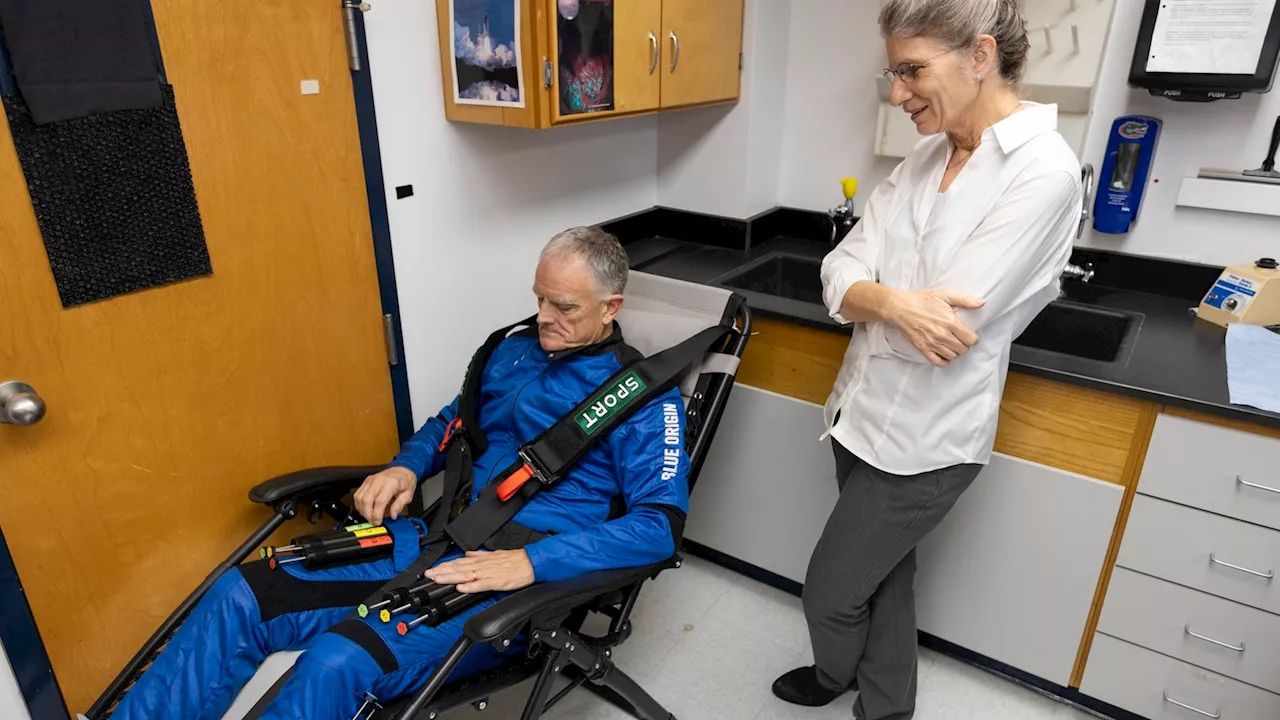 Scientist becomes first NASA-funded researcher to conduct own experiment in spaceResearchers are trying to understand how cells transition from earth to space.
Scientist becomes first NASA-funded researcher to conduct own experiment in spaceResearchers are trying to understand how cells transition from earth to space.
Read more »
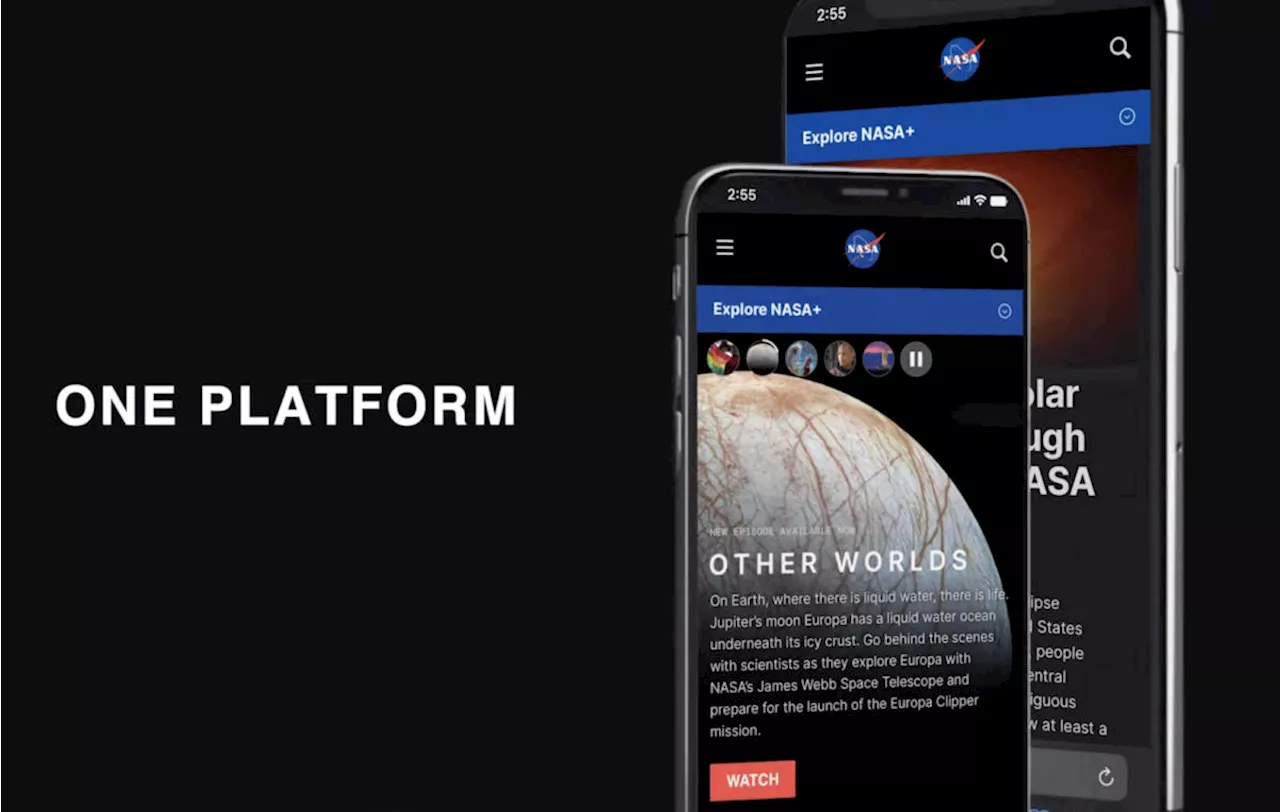 NASA will shut down NASA TV on cable to focus on NASA+Mariella Moon has been a night editor for Engadget since 2013, covering everything from consumer technology and video games to strange little robots that could operate on the human body from the inside one day. She has a special affinity for space, its technologies and its mysteries, though, and has interviewed astronauts for Engadget.
NASA will shut down NASA TV on cable to focus on NASA+Mariella Moon has been a night editor for Engadget since 2013, covering everything from consumer technology and video games to strange little robots that could operate on the human body from the inside one day. She has a special affinity for space, its technologies and its mysteries, though, and has interviewed astronauts for Engadget.
Read more »
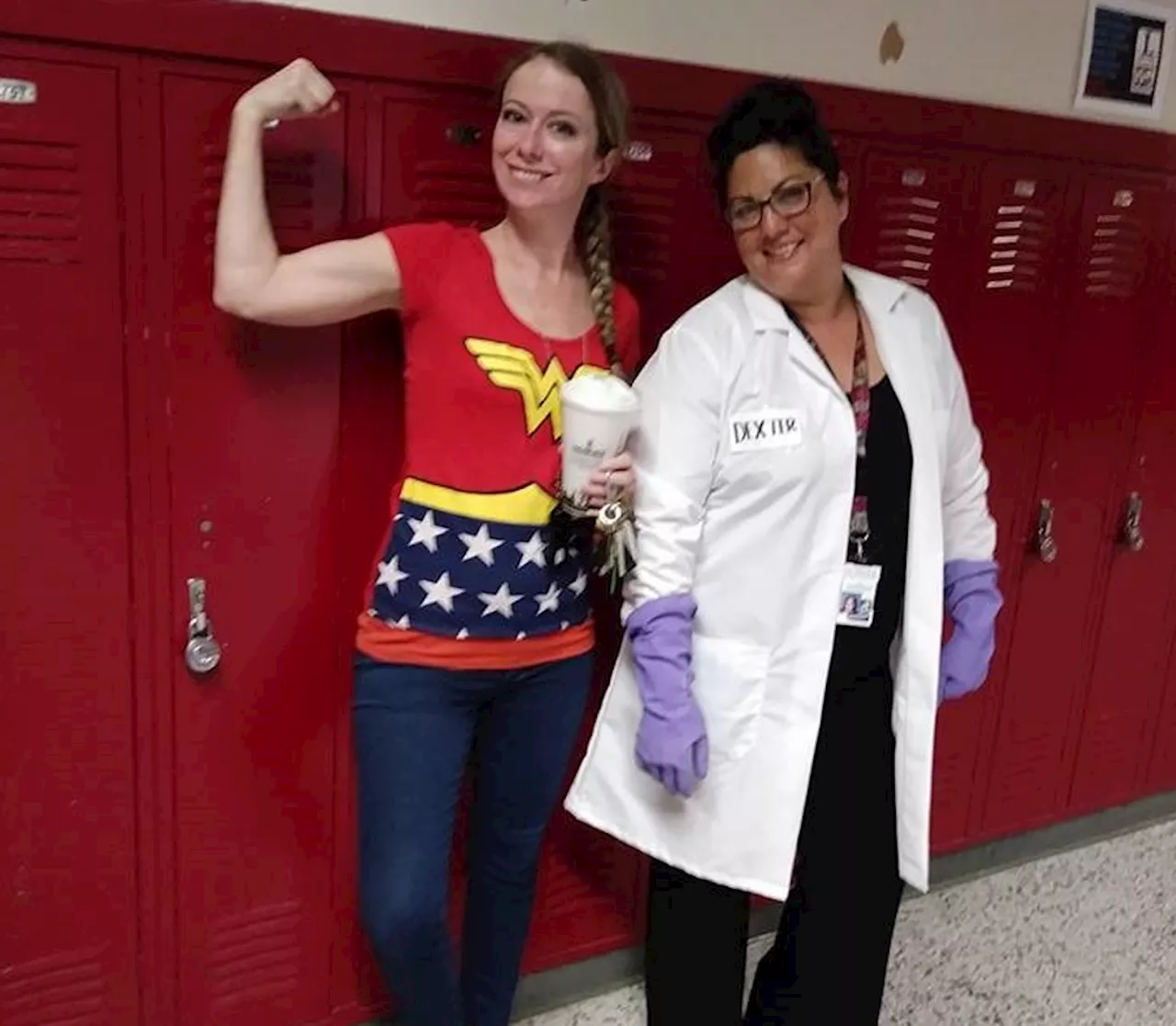 Three NASA Interns Expand Classroom Access to NASA DataThis summer, NASA welcomed interns with professional teaching experience to help make the agency’s data more interactive and accessible in the classroom.
Three NASA Interns Expand Classroom Access to NASA DataThis summer, NASA welcomed interns with professional teaching experience to help make the agency’s data more interactive and accessible in the classroom.
Read more »
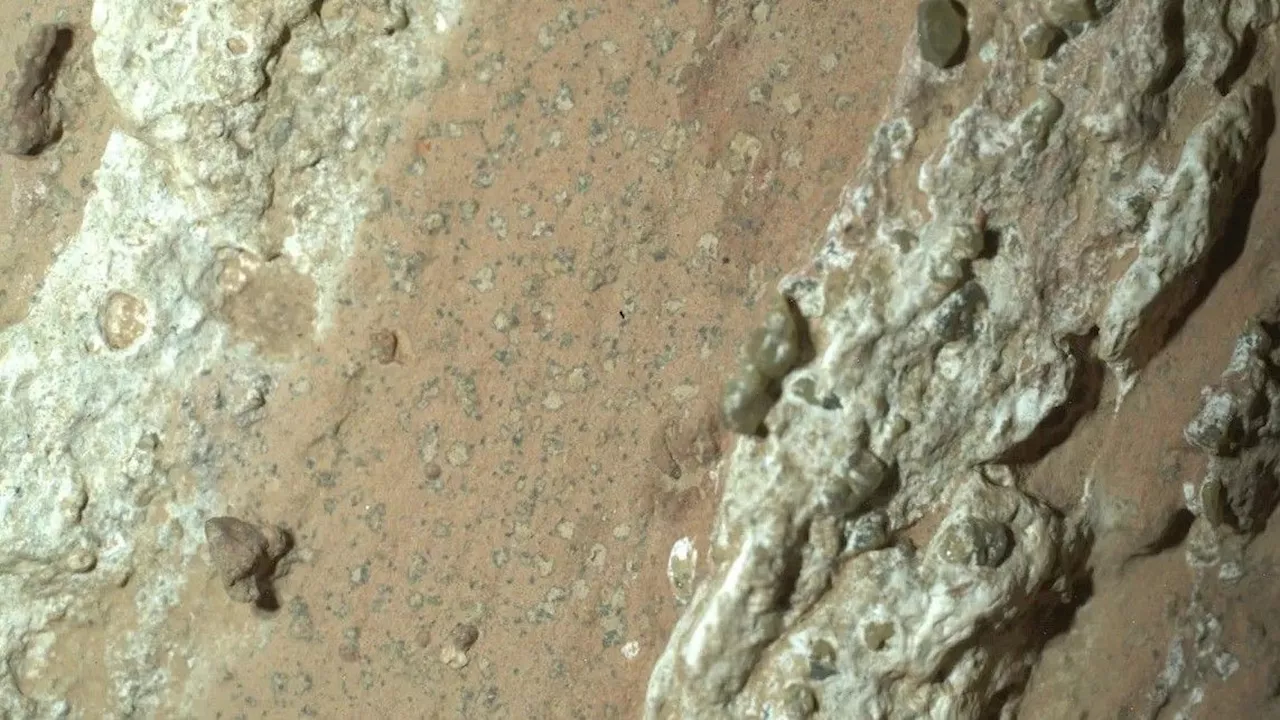 NASA Mars rover finds 'first compelling detection' of potential fossilized life on the Red PlanetBen Turner is a U.K. based staff writer at Live Science. He covers physics and astronomy, among other topics like tech and climate change. He graduated from University College London with a degree in particle physics before training as a journalist.
NASA Mars rover finds 'first compelling detection' of potential fossilized life on the Red PlanetBen Turner is a U.K. based staff writer at Live Science. He covers physics and astronomy, among other topics like tech and climate change. He graduated from University College London with a degree in particle physics before training as a journalist.
Read more »
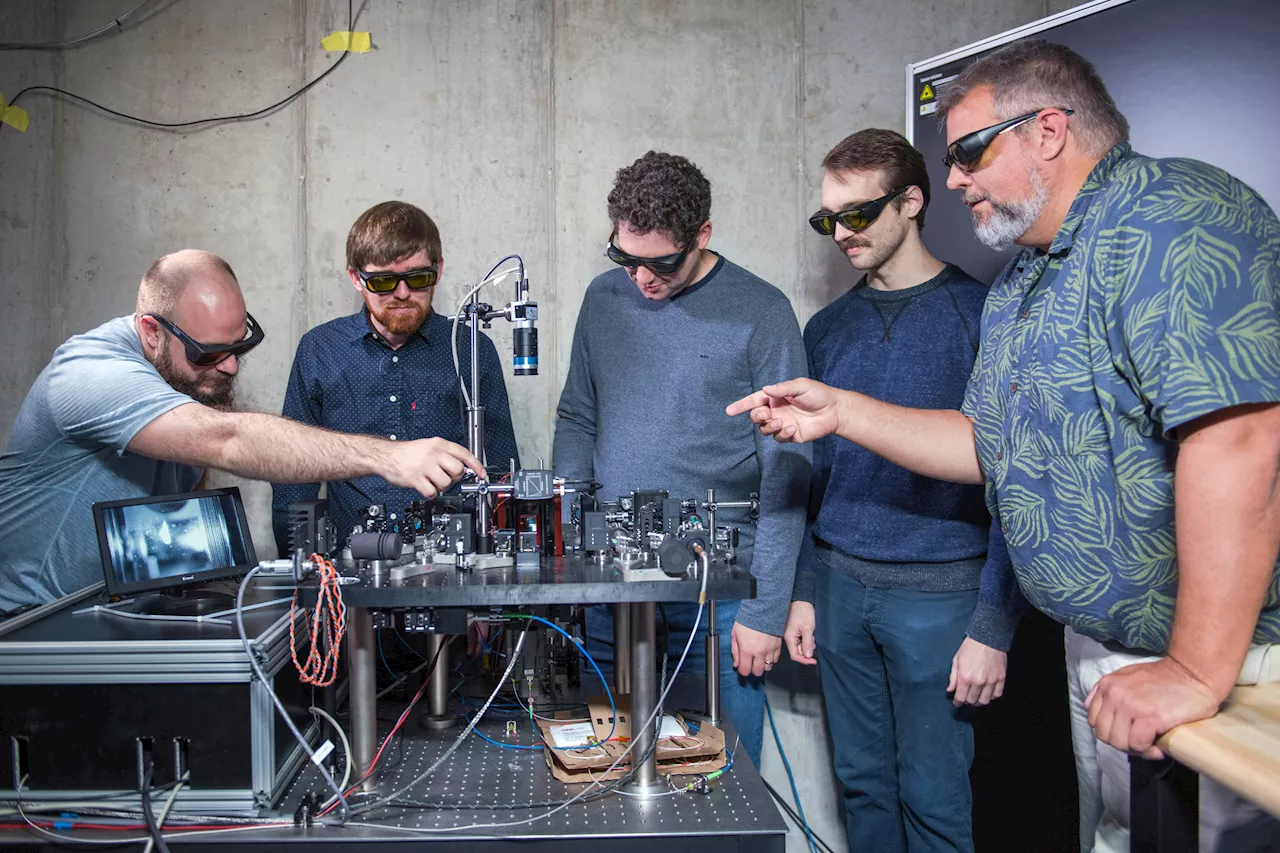 NASA’s First-Ever Quantum Memory Made at Glenn Research CenterNASA’s Glenn Research Center in Cleveland is playing a major role in the development of a cutting-edge technology: NASA’s first-ever quantum memory.
NASA’s First-Ever Quantum Memory Made at Glenn Research CenterNASA’s Glenn Research Center in Cleveland is playing a major role in the development of a cutting-edge technology: NASA’s first-ever quantum memory.
Read more »
 Watch NASA astronauts use VR to explore the first lunar space stationNASA astronauts have been having fun trying out VR goggles that take them aboard the lunar space station, though there's also a serious side to the activity.
Watch NASA astronauts use VR to explore the first lunar space stationNASA astronauts have been having fun trying out VR goggles that take them aboard the lunar space station, though there's also a serious side to the activity.
Read more »
